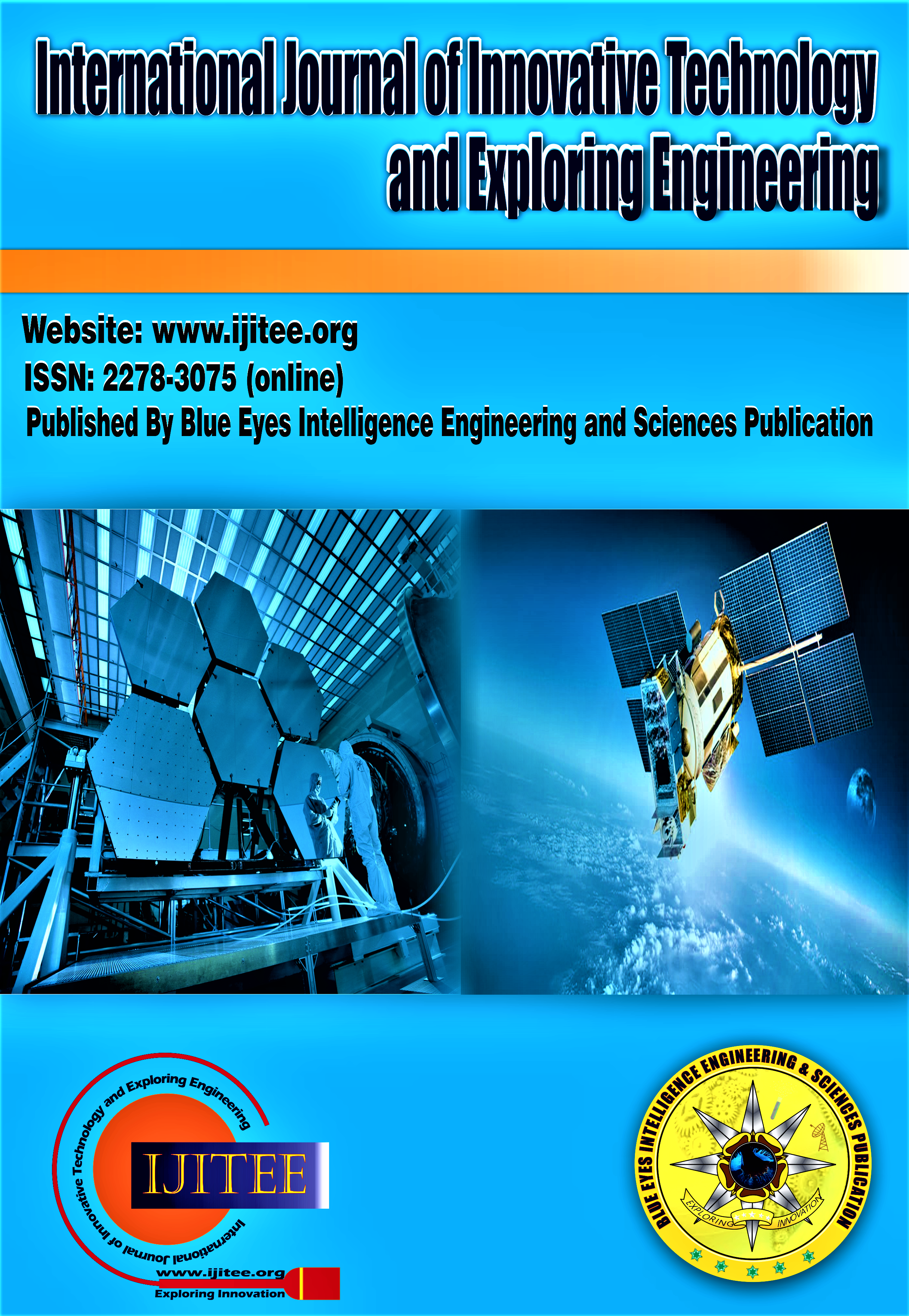UMIT Project Management System
Main Article Content
Abstract
Usha Mittal Institute of Technology evaluates students' projects through multiple stages over various semesters. To manage all the project functionality and evaluation of these projects per student using an automated system, we proposed the UMIT Project Management System. Currently, UMIT handles all the project work manually. The UMIT has many phases of the projects. In the Third year semester-VI, there is Project I, which has two phases Project I-A and Project I-B. In the Final year semester-VII students have Project II with phases as Project II-A and Project II-B. Similarly, in Final Year semester-VIII there is Project III with phases Project III-A, Project III-B, Project III-C, and Project III-D. All these phases have their rubric format for the evaluation. Managing all these phases with specific rubric formats and calculation of marks is very complicated on a manual basis. To perform all the project-related activities like submission of synopsis, evaluation schedule, group forming, guide allocation, Rubric mark sheet, etc. UMIT Project Management System is developed. By alleviating manual burdens associated with project evaluations, the UMIT PMS enhances accuracy and transparency, fostering an organized academic environment focused on quality and innovation. Its user-friendly design ensures accessibility for all users, promoting efficiency and innovation in project management.
Downloads
Article Details
Section

This work is licensed under a Creative Commons Attribution-NonCommercial-NoDerivatives 4.0 International License.
How to Cite
References
Clemente, Luísa Domingues, Analysis of Project Management Tools to support Knowledge Management, Procedia Computer Science, Volume 219, 2023, Pages 1769-1776, ISSN 1877-0509, newline https://doi.org/10.1016/j.procs.2023.01.472. https://doi.org/10.1016/j.procs.2023.01.472
Maulana and Santosa, Budi, Analysis Implementation of the project management tools and techniques PT.XYZ in Indonesia IPTEK journal of proceeding series no.(5)(2019), ISSN(2354-6026)
Jana Kostalovaa, Libena Tetrevovab*, Project Management and Its Tools in Practice in the Czech Republic a,b University of Pardubice, Studentska 95, 532 10 Pardubice, Czech Republic
Kumar, Manoj, Project Management Tools and Techniques (T&T) Usage in Building Sector Companies (April 1, 2022). https://doi.org/10.2139/ssrn.4072539
Aaron A. Izang.(2016), “A web-based system project management system”, International Journal of Advanced Research in Computer Science and Software Engineering, Vol. 6, pp. 39-45.
The authors are A.O. Ogunde, O. Olaolu, A. Afolabi, J. Owolabi, and R. Ojelabi, Engineering and Applied Sciences, Vol. 6, No. 5, pp. 207-2221. They are affiliated with the Department of Building Technology, Covenant University, Nigeria1.
Dr. Chinedu Chidinma Nwachukwu and 2 Fidelis I. Emoh Building construction project management success as a critical issue in real estate development.
Abbasi, S. M., & Hollman, K. W. (2000). Turnover: The real bottom line. Public Personnel Management, 29(3), 333–342. https://doi.org/10.1177/009102600002900303
info: Iman Attarzadeh Siew Hock OwProject Management Practices: The Criteria for Success or Failure” was published in the Communications of the IBIMA, Vol. 1, No. 28, pp. 234-240.
Parera, A.A.D.A.J. and Imriyas, K.(2004), "An integrated construction project cost information system using MS Access and MSproject", Construction Management and Economics, Department of civil engineering, University Moratuwa, Sri Lanka, Vol. 22, pp. 203-211.
Mittal, P., & Poonam. (2019). Performance Measure of Project Management Automation Tool based on DevOps Selection Criteria for a General Purpose Software System. In International Journal of Engineering and Advanced Technology (Vol. 9, Issue 1, pp. 6263–6267). https://doi.org/10.35940/ijeat.a2051.109119
Muralidhar, P. (2019). Model for Identifying the Risk Level in Construction Projects. In International Journal of Recent Technology and Engineering (IJRTE) (Vol. 8, Issue 3, pp. 1343–1350). https://doi.org/10.35940/ijrte.b3345.098319
Sharma, S., & Trivedi, P. (2019). Software Project Management Training through game like simulation and Virtual Reality. In International Journal of Innovative Technology and Exploring Engineering (Vol. 8, Issue 10, pp. 1090–1094). https://doi.org/10.35940/ijitee.i8411.0881019
Joshi, H. (2024). Artificial Intelligence in Project Management: A Study of The Role of Ai-Powered Chatbots in Project Stakeholder Engagement. In Indian Journal of Software Engineering and Project Management (Vol. 4, Issue 1, pp. 20–25). https://doi.org/10.54105/ijsepm.b9022.04010124
Goyal, Ms. P., & Deora, Dr. S. S. (2022). Reliability of Trust Management Systems in Cloud Computing. In Indian Journal of Cryptography and Network Security (Vol. 2, Issue 1, pp. 1–5). https://doi.org/10.54105/ijcns.c1417.051322





